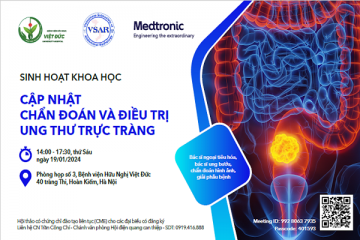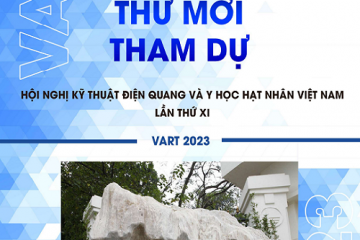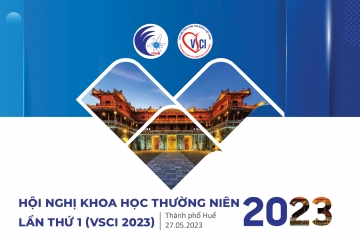Kết quả điều trị phình động mạch não tuần hoàn sau bằng can thiệp nội mạch
Results of endovascular treatment of posterior fossa intracranial aneuryms
SUMMARY
Purpose: To evaluate the results of endovascular treatment of posterior fossa intracanial aneuryms.
Method and materials: Fourty one patients harboring fourty five posterior fossa intracranial aneuryms were treated by endovascular therapy from 2012 to 2015 at Bach Mai Hospital. Clinical outcomes and follow-up of aneurysm occlusion’s result were classified by modified Rankin Scale and on MRI imaging.
Results: Twenty eight patients presented subaranoidien hemorrhage and thirteen patients without SAH. Different technics were used such as coiling embolization (44.4%), coiling with balloon remodeling technics (22.2%), coiling with stenting (2.3%), flow-diverter stenting (6.7%) and parent artery occlusion (24.4%). The rate of complete aneurysm occlusion, neck residue and partial occlusion were 80%; 11.1% and 8.9% respectively. Result of good outcomes (mRS 0-2) was 85.4% and mortality was 12.2%. Almost of aneurysms post treatment were stability (84.6%), only 15,4% aneurysm were slight recanalization. The hospitalization duration of unruptured and ruptured aneurysm were 9.3 and 17.8 days, respectively.
Conclusion: Endovascular treatment of posterior circulation aneurysms showed efficace of clinical outcome and stability with low morbility and mortality.
Keywords: Aneurysm, posterior circulation aneurysm, embolization.
TÓM TẮT
Mục đích: Đánh giá kết quả điều trị phình động mạch não tuần hoàn sau bằng can thiệp nội mạch.
Đối tượng và phương pháp: Mô tả kết quả điều trị 41 bệnh nhân có 45 túi phình động mạch não tuần hoàn sau được nút từ 2012 đến 2015 tại Bệnh viện Bạch Mai. Đánh giá hồi phục lâm sàng theo Rankin cải biên và đánh giá tình trạng túi phình sau can thiệp bằng CHT.
Kết quả: Có 28 bệnh nhân vỡ túi phình và 13 bệnh nhân chưa vỡ. Nút Coils đơn thuần chiếm 44,4%, nút coils kết hợp chẹn bóng hoặc đặt stent chiếm 22,2% và 2,3%. Tỉ lệ đặt stent đổi hướng dòng chảy chiếm 6,7% và nút tắc mạch mang chiếm 24,4%. Kết quả tắc hoàn toàn, còn dòng chảy cổ và túi lần lượt là 80%, 11,1% và 8,9%. Bệnh nhân hồi phục tốt có mRs 0-2 chiếm tỷ lệ 85,4%. Tỉ lệ tử vong 12,2%. Tỷ lệ nhóm PĐMN ổn định không tái thông sau 12 tháng là 84,6%, có 15,4% tái thông nhẹ chưa cần điều trị. Thời gian nằm viện nhóm PĐMN chưa vỡ là 9,3 ± 6,9 ngày ngắn hơn so với nhóm PĐMN đã vỡ là 17,8 ± 13,8 ngày.
Kết luận: Can thiệp nội mạch phình động mạch não tuần hoàn sau cho kết quả hồi phục lâm sàng cao, di chứng thấp và túi phình sau can thiệp ổn định.
Từ khóa: Phình mạch, phình mạch tuần hoàn sau, nút mạch.
Bạn Đọc Quan tâm
Sự kiện sắp diễn ra
Thông tin đào tạo
- Những cạm bẫy trong CĐHA vú và vai trò của trí tuệ nhân tạo
- Hội thảo trực tuyến "Cắt lớp vi tính đếm Photon: từ lý thuyết tới thực tiễn lâm sàng”
- CHƯƠNG TRÌNH ĐÀO TẠO LIÊN TỤC VỀ HÌNH ẢNH HỌC THẦN KINH: BÀI 3: U não trong trục
- Danh sách học viên đạt chứng chỉ CME khóa học "Cập nhật RSNA 2021: Công nghệ mới trong Kỷ nguyên mới"
- Danh sách học viên đạt chứng chỉ CME khóa học "Đánh giá chức năng thất phải trên siêu âm đánh dấu mô cơ tim"















Bình luận